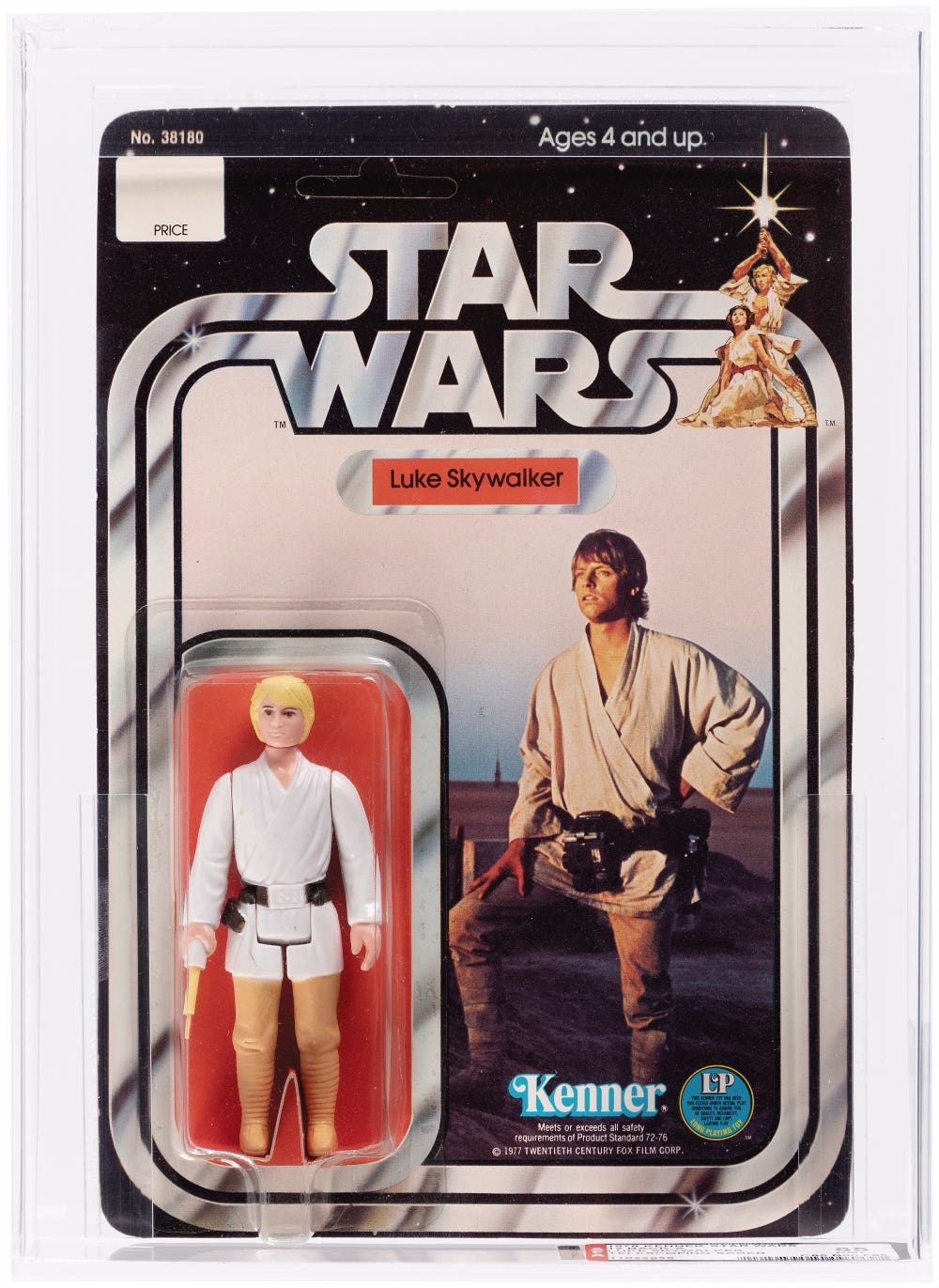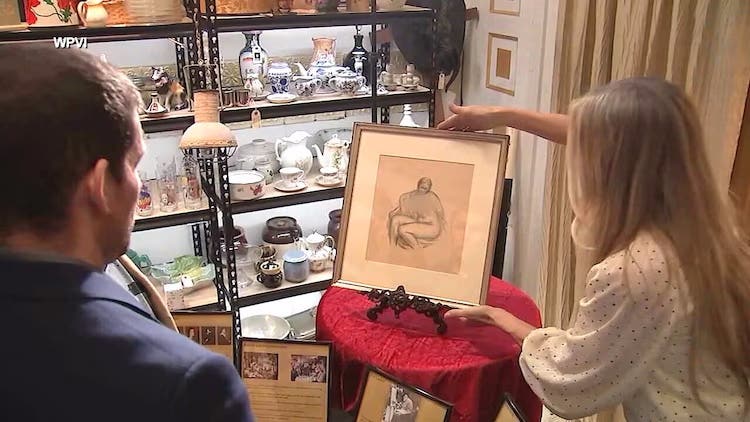Celebrating The Fourth in Style With Andrew Clemens Sand Art
Rare “Centennial” sand art by acclaimed folk artist Andrew Clemens sells for $113,400 at auction, continuing the surge of interest in the self-taught Iowa artist.
We celebrate our country's birthday with many traditions: parades, fireworks, sand art. OK, maybe that last one isn't such a traditional way of celebrating the Fourth of July, yet one lucky bidder is going to do just that with the recent purchase of a rare Andrew Clemens Centennial sand art bottle.
A 10 1/2 -inch-tall sand bottle by Clemens (1857-1894) made for the United States Centennial sold for $113,400 (with buyer premium) at a recent Doyle auction. A self-taught folk artist, Clemens’ delicate craftsmanship of his sand art, contained in small apothecary bottles, is desired by collectors and some examples sell at auction for six figures — one of these bottles set a world record at Hindman Auctions in Cincinnati, after selling for $956,000 in 2021.
Born in 1857 in Iowa, Clemens contracted encephalitis as a young child and lost his hearing and much of his speech. He started making sand bottles as a teenager. He used sand in different naturally occurring colors and made his own tools to carefully layer the sand in apothecary bottles, making patterns and pictures. Patriotic symbols like eagles and flags often appear, along with landscapes, animals, trains, boats and geometric patterns.
Names, dates and messages were included on commissioned pieces. This bottle with an eagle and shield, flags, hearts and garlands is made out to “Mr. & Mrs. H.J. Boardman” as a “Centennial Present.” Clemens made hundreds of sand bottles during his lifetime, but, because of the fragile glass bottles and the nature of sand art, few survive.
It is possible that the H.J. Boardman for which Clemens made this bottle is Halsey J. Boardman (1834-1900), of Boston, the auction house surmises. An H.J. Boardman, described as a "Boston capitalist" in a January 1893 New York Times article, and in other places as a lawyer, a politician, and a board member of the North Star Construction Company, appears to have had interests in several midwestern railroad lines.
There was an Iowa Central Railroad locomotive named the HJ Boardman built in 1881. It is quite possible that Boardman's travels would have taken him through or near to McGregor, Iowa, in the mid-1870s, the auction house said. There, he may have been exposed to the new and noteworthy work of Clemens, whose fame grew in the late 1870s and early 1880s, and who was just 19 years old when he made and labelled this bottle.








